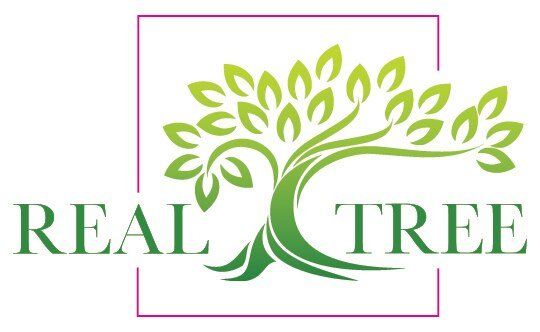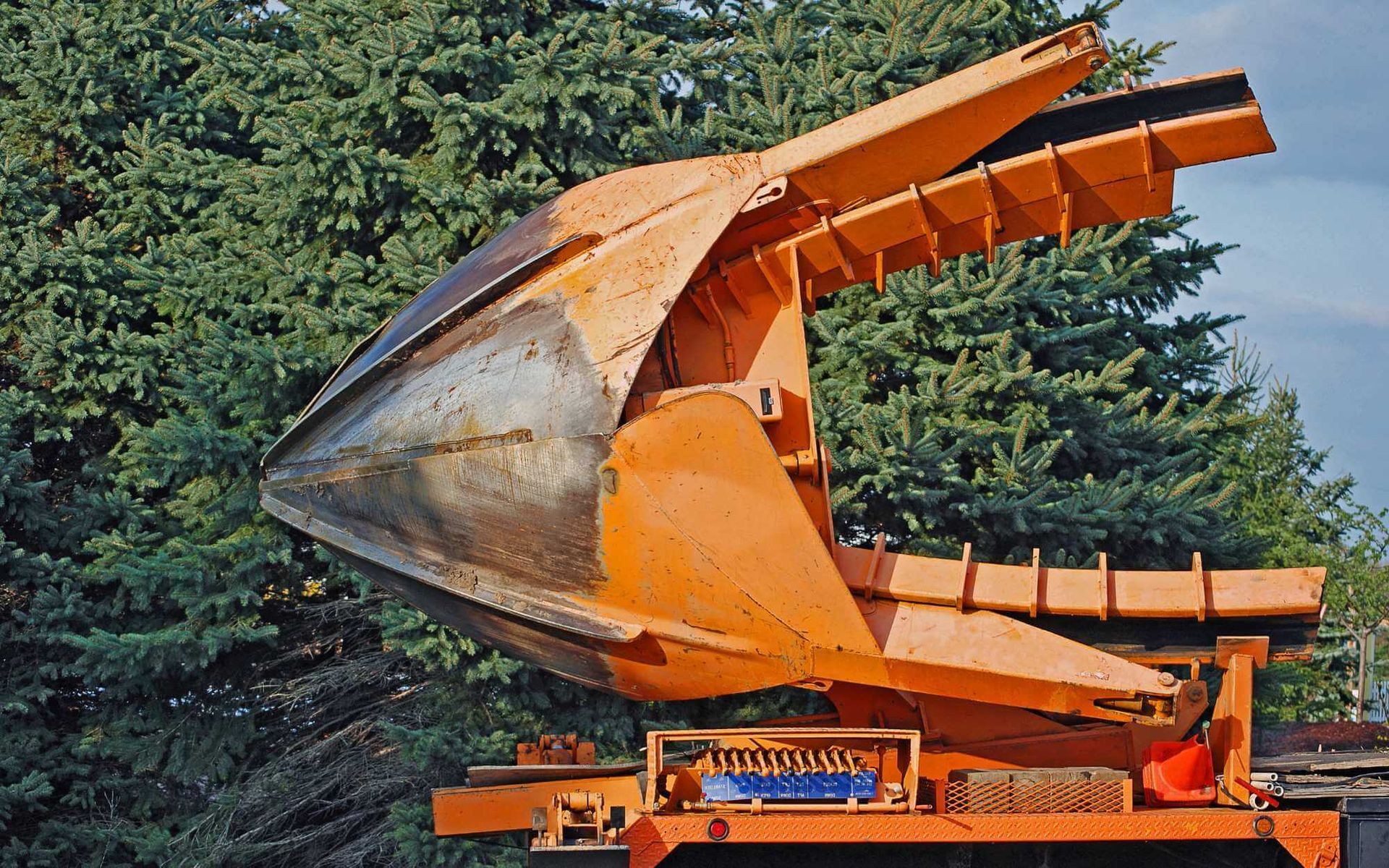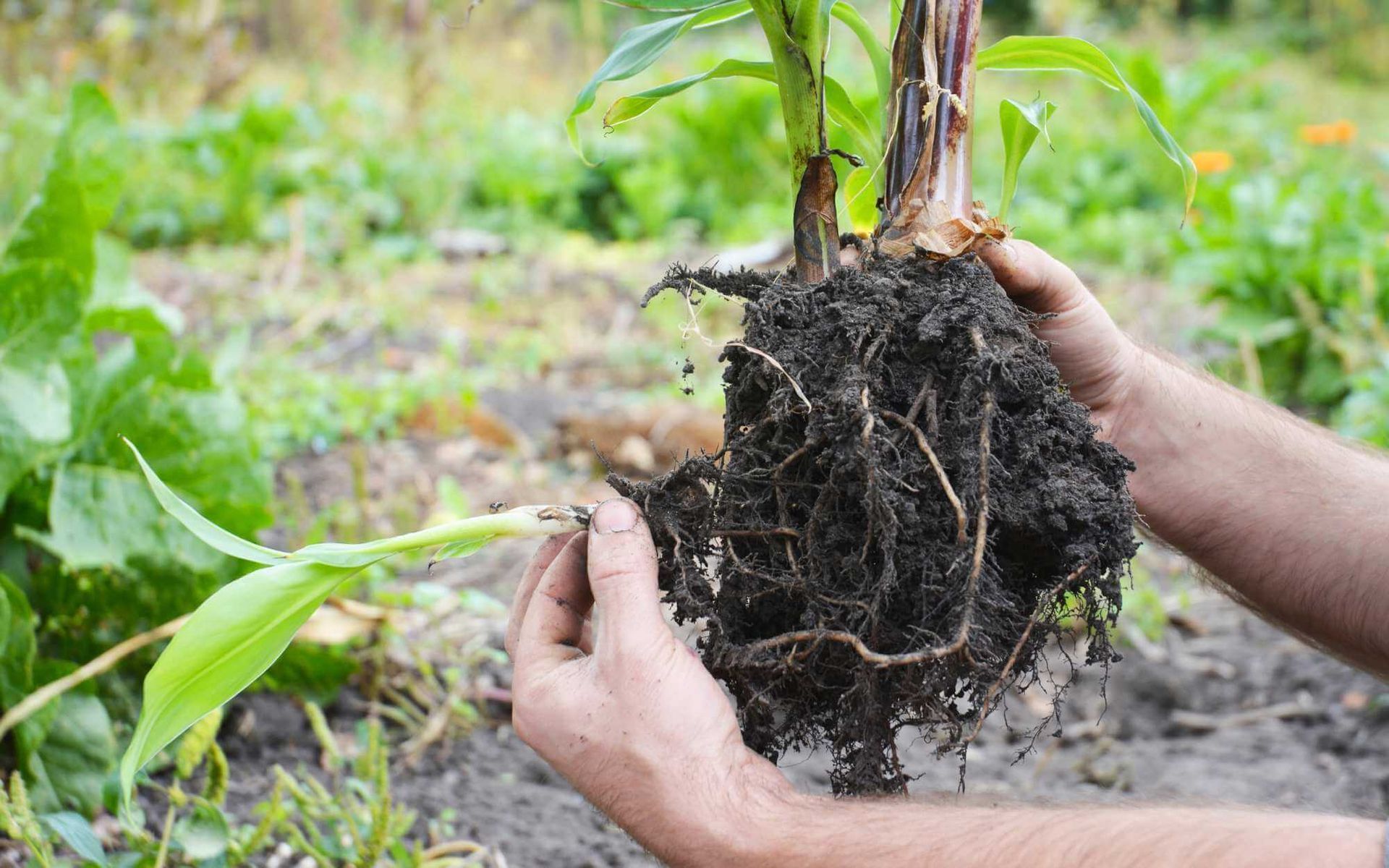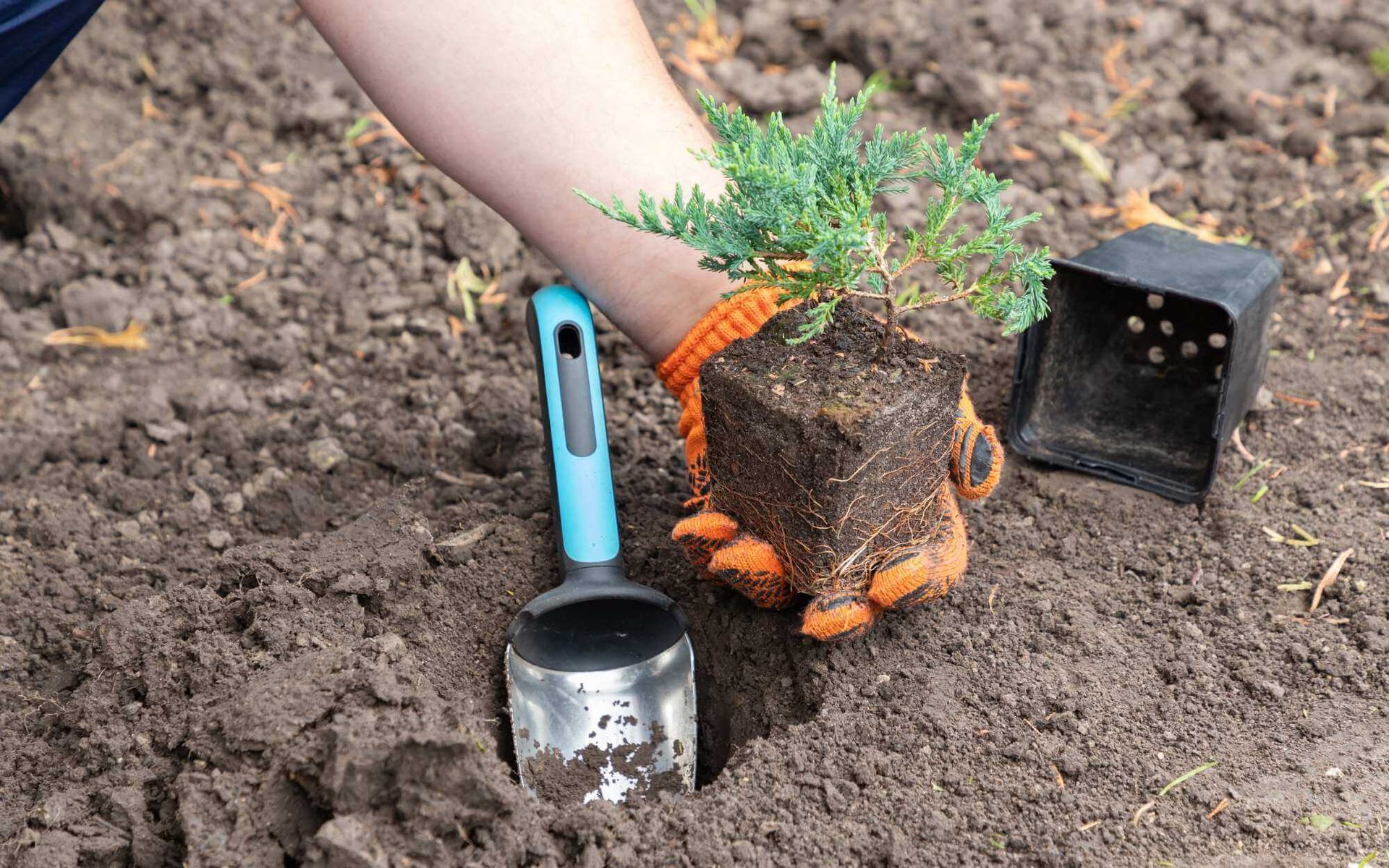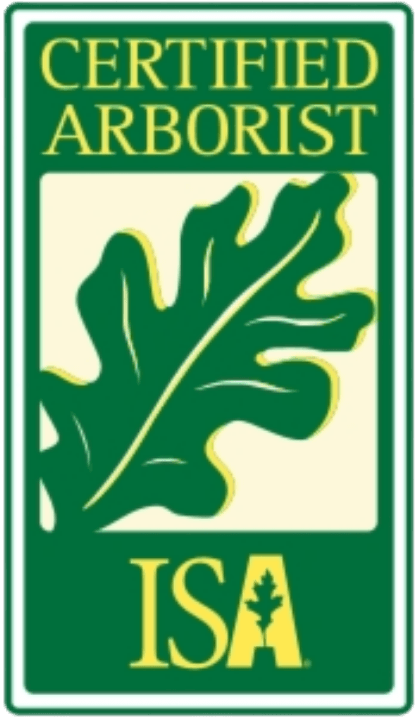A Guide to Balancing Development and Tree Conservation
PUBLISHED ON
SHARE THIS ARTICLE
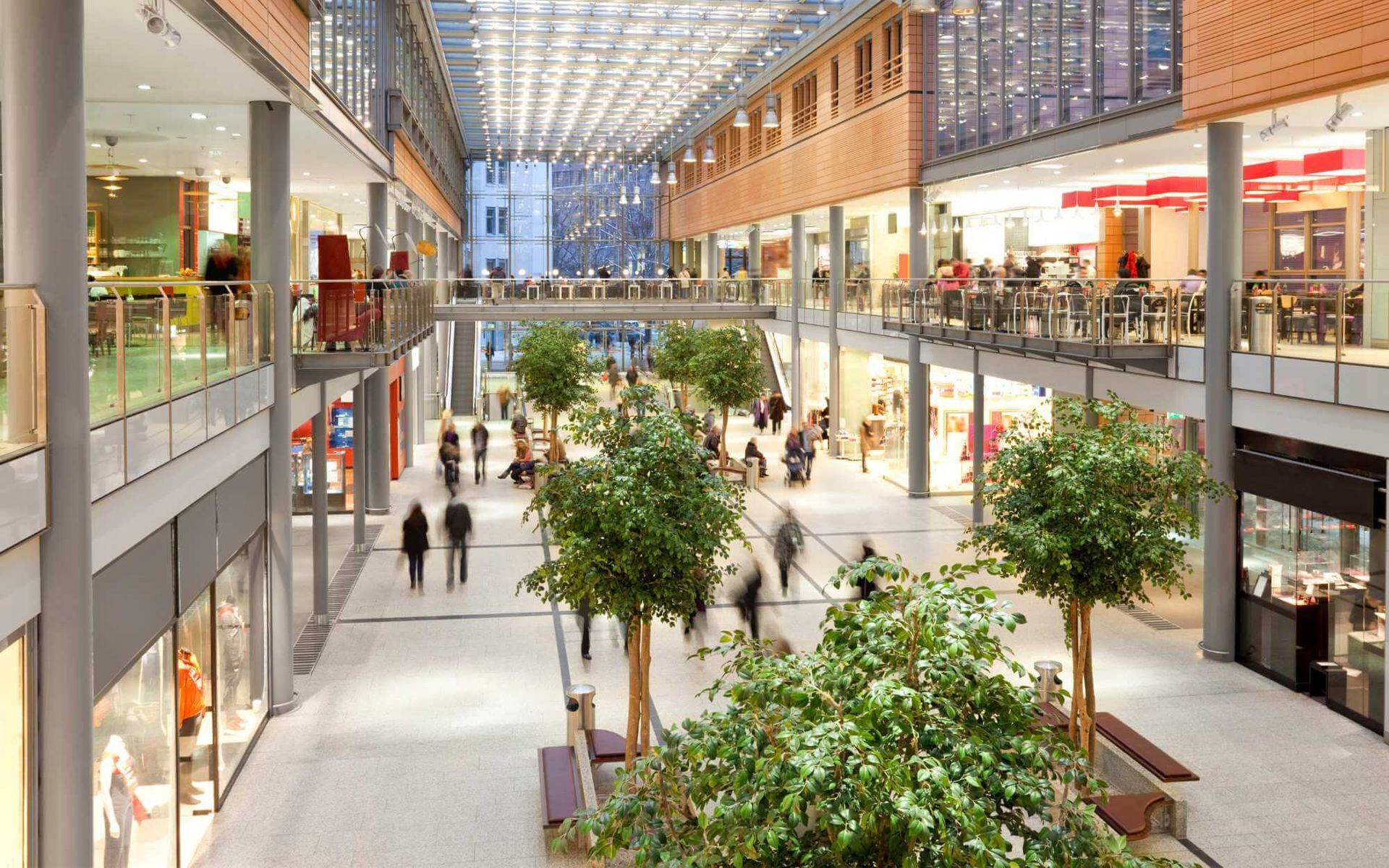
In the quest for relentless urban development, the significance of tree conservation often takes a backseat. Yet, in the face of mounting environmental concerns, it's imperative to strike a harmonious balance between progression and preservation.
Welcome to our guide on balancing development and tree conservation - a compelling exploration into how we can forge ahead with urban expansion while still respecting and preserving the life-giving green lungs of our planet.
We delve into why this balance is crucial, the consequences of neglecting it, and practical strategies for achieving it in our everyday urban planning decisions. Join us as we navigate this compelling journey of eco-conscious development.
The Need for Development

Economic growth and infrastructure development are crucial for catering to the needs of a burgeoning population. They drive job creation, foster trade, enhance living standards, and enable societies to thrive.
As populations grow, the demand for housing, transportation, utilities, and other essential amenities escalates. Infrastructure development, thus, serves not only as a response to these emerging needs but also propels economic growth by attracting businesses, aiding production, and facilitating commerce.
However, while acknowledging these necessities, it's vital to remember that sustainable, environmentally sensitive strategies must underpin our developmental efforts to ensure the preservation of our natural world.
The Importance of Tree Conservation
Trees play an indispensable role in maintaining ecological balance and biodiversity preservation. They act as the planet's lungs, absorbing CO2 and releasing oxygen, mitigating the harmful effects of climate change.
Furthermore, trees are a vital habitat for countless species of flora and fauna, aiding in biodiversity preservation. They also prevent soil erosion with their deep-rooting systems and regulate water cycles, thus contributing to a stable ecosystem.
In urban settings, trees offer shade, reducing the need for air conditioning, and absorbing pollutants, creating healthier environments.
The conservation of trees, therefore, is a critical factor in our collective environmental stewardship.
Challenges in Balancing Development and Tree Conservation
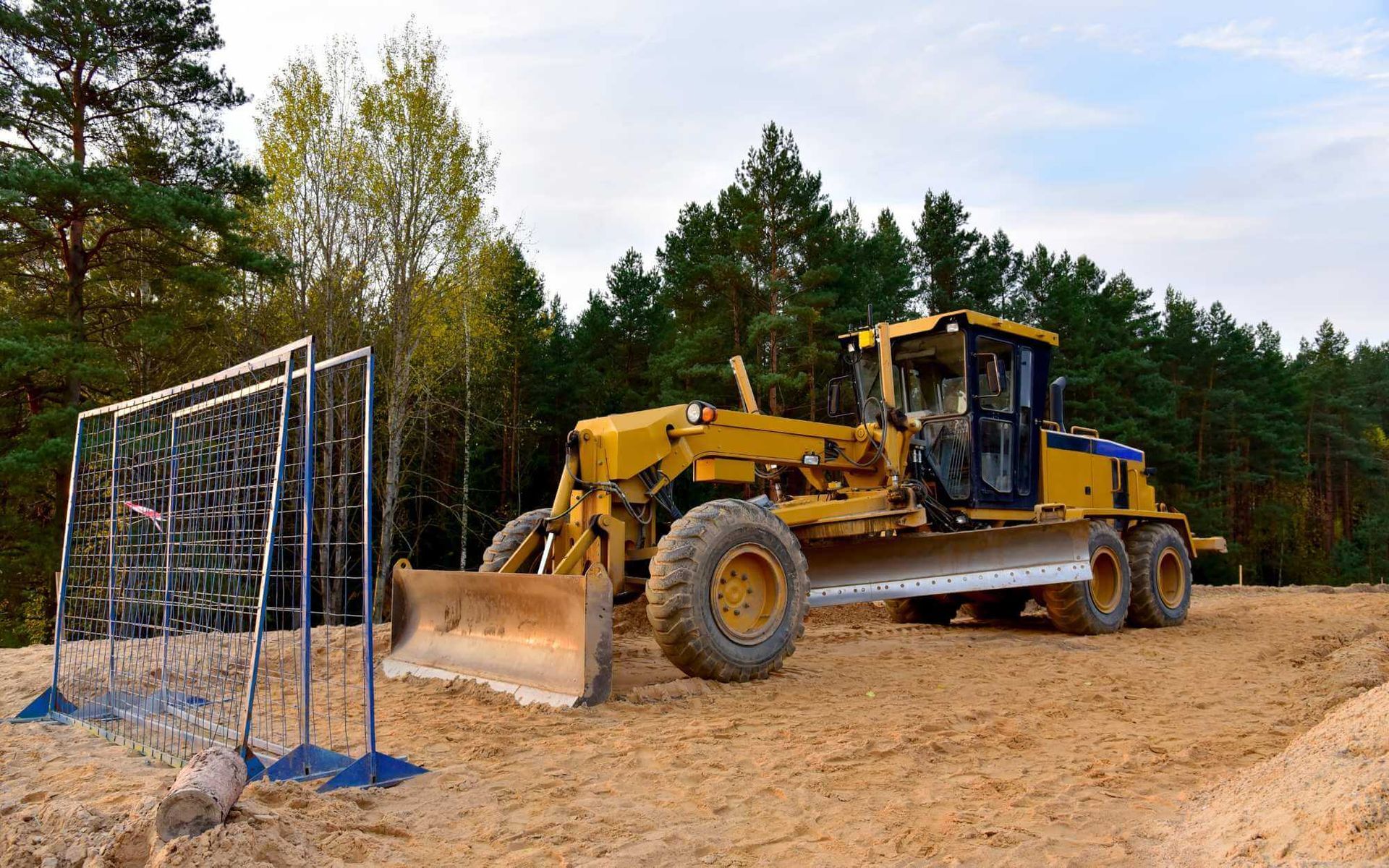
Urbanization and deforestation often go hand-in-hand, forming a treacherous duo that poses significant challenges to tree preservation efforts.
As cities expand outwardly and vertically, forests are routinely cleared to make way for infrastructure. This rampant deforestation not only displaces wildlife but also disrupts the natural balance, contributing to climate change and loss of biodiversity.
Moreover, trees in urban landscapes are often viewed as obstacles to construction projects, rather than essential components of our ecosystem. This mindset fosters further conflict between development and tree conservation.
We must rethink our approach to urban planning, embracing strategies that prioritize green spaces and tree preservation. Efforts such as creating green belts, implementing stringent deforestation laws, and incorporating greenery in urban design can bridge the current divide, ensuring development and tree conservation coexist in harmony.
Strategies for Balancing Development and Tree Conservation
Sustainable urban planning is a critical cog in the wheel of balancing development and tree conservation. It encompasses designs that integrate green spaces, promote biodiversity, and minimize ecological footprint.
Green roofs, urban parks, and ecologically conscious infrastructure are examples of urban designs that promote cohabitation of development and greenery.
Tree planting and reforestation initiatives serve as powerful tools for restoring deforested areas, absorbing carbon emissions, and fostering biodiversity. They play an essential role in offsetting the environmental impact of development projects. However, the success of these initiatives necessitates a robust collaboration between developers and environmental organizations.
Through partnerships, these entities can ensure that development projects incorporate green design principles and tree conservation measures right from the planning phase, thereby weaving environmental stewardship into the fabric of urban development.
This collaborative approach is central to achieving a harmonious balance between development and tree conservation.
Trees and Construction in Harmony
Striking a harmonious balance between development and tree conservation is vital for a sustainable future.
As we forge ahead, let's redefine our urban landscapes with greenery as a cornerstone, not an afterthought. We urge experts in development and environmental conservation to collaborate, innovating sustainable designs that blend progress and preservation seamlessly.
Together, we can create a world where infrastructure blossoms amidst robust greenery, ensuring a thriving and sustainable future for all.
Want a free quote or some friendly advice? Call our team today:

